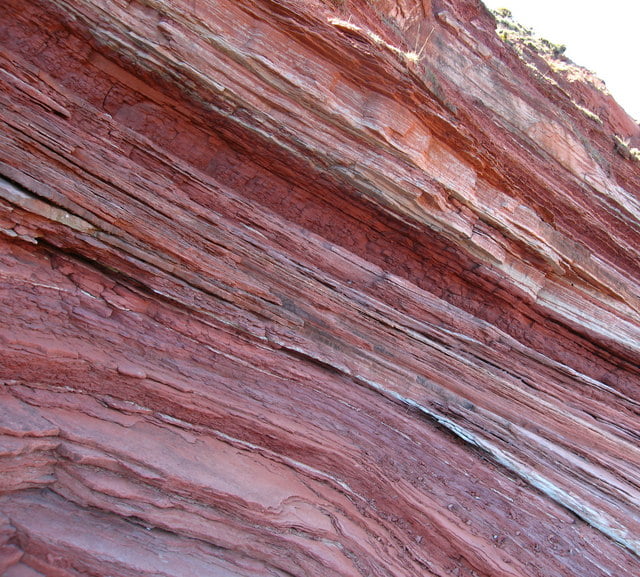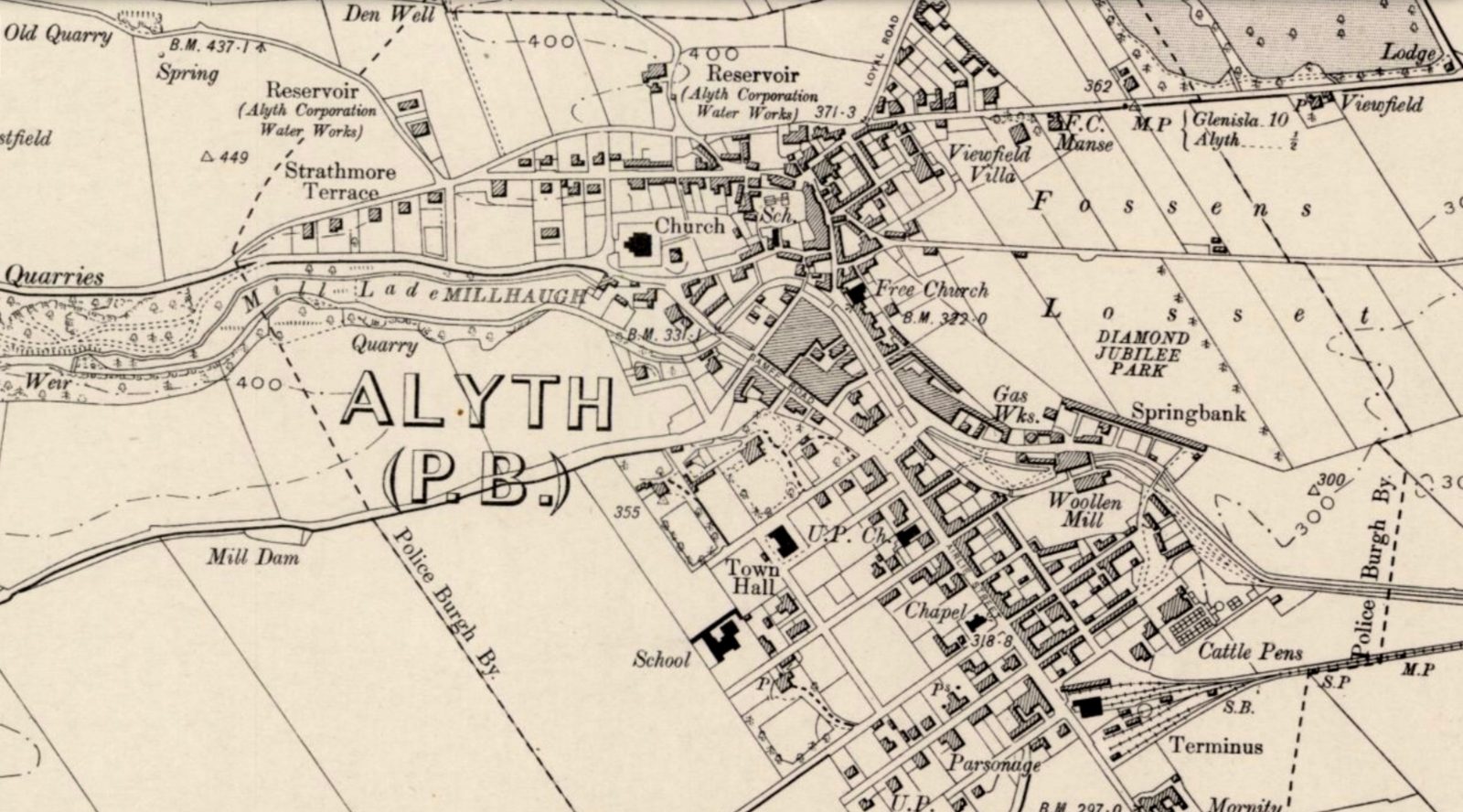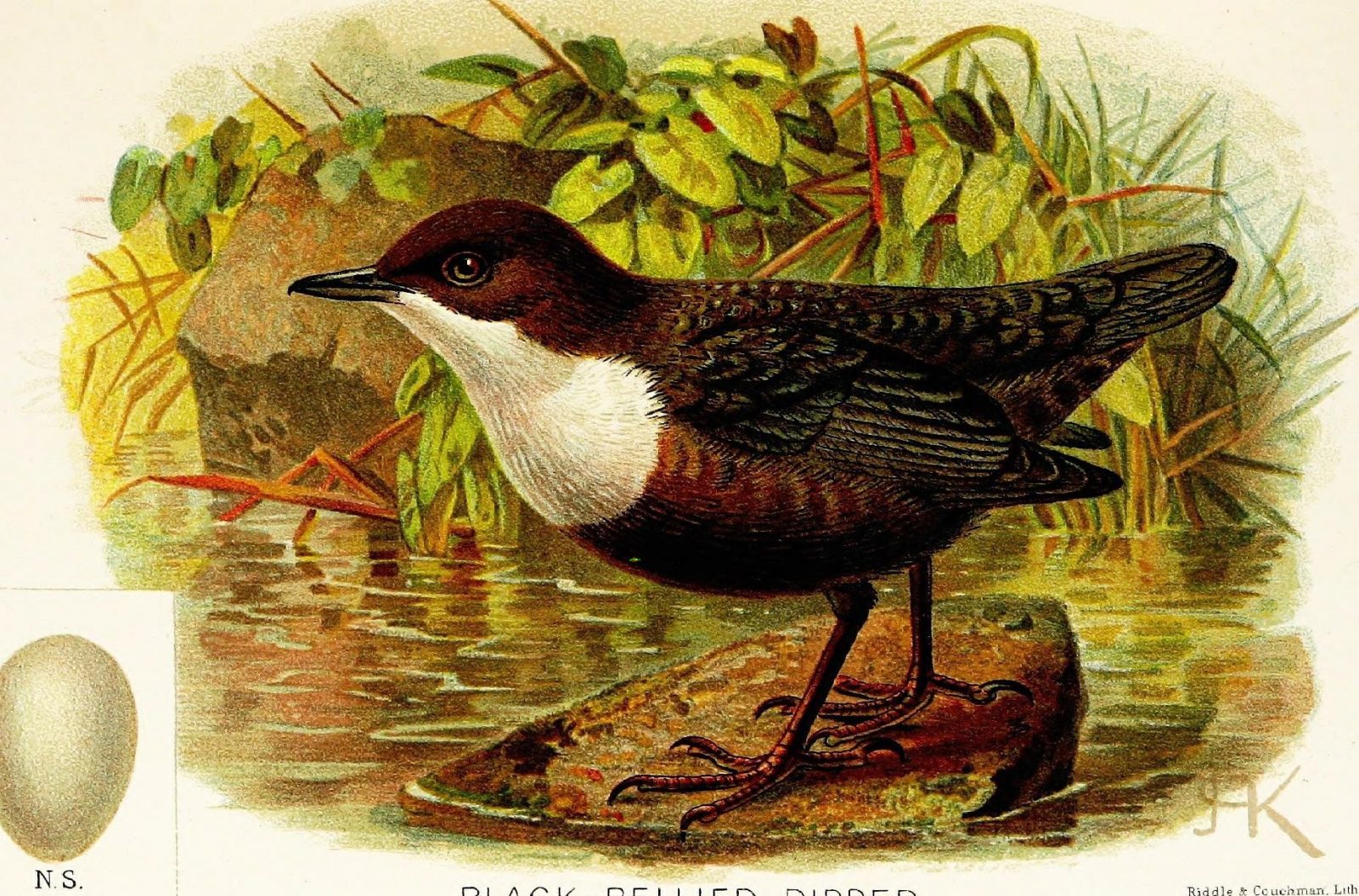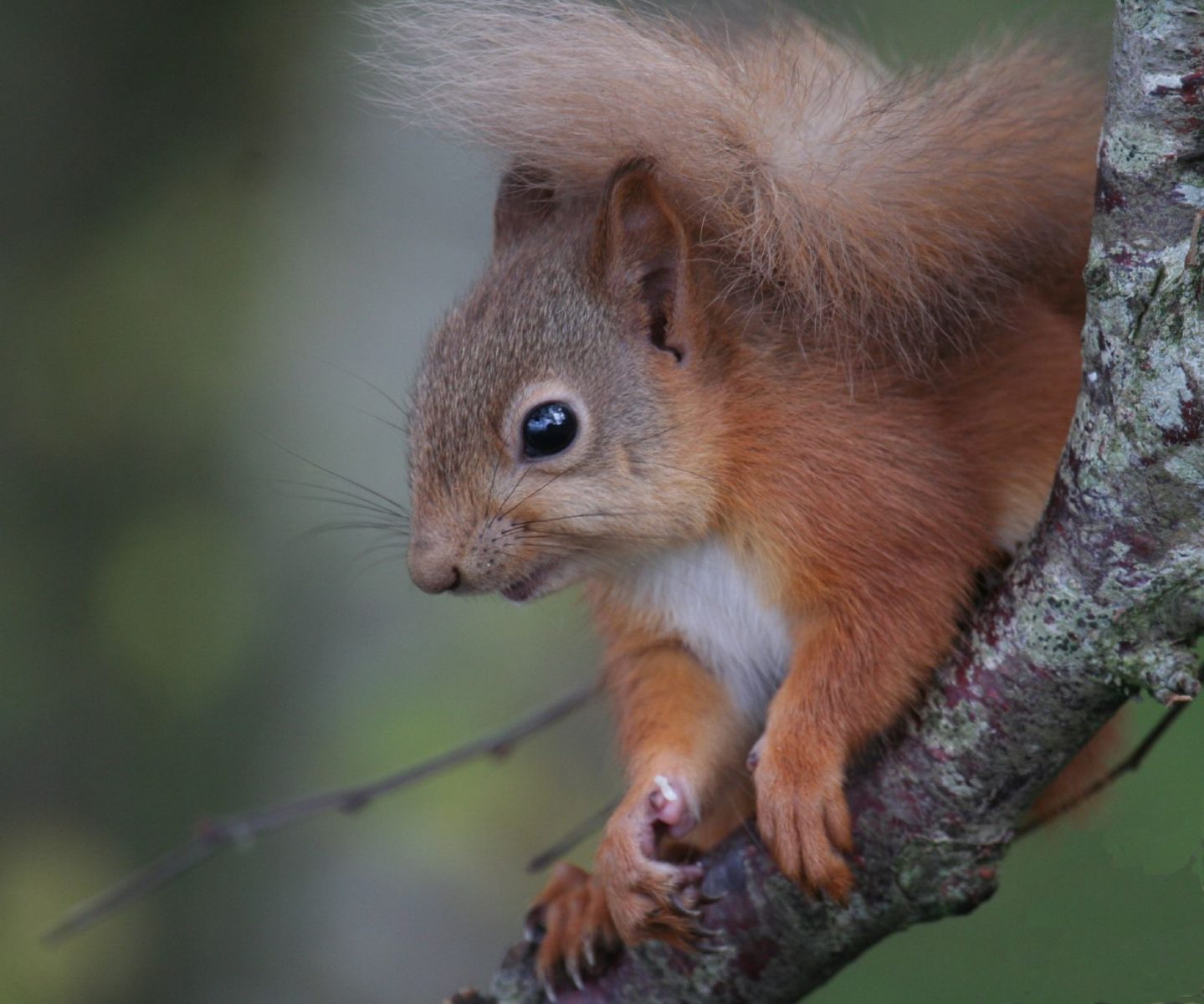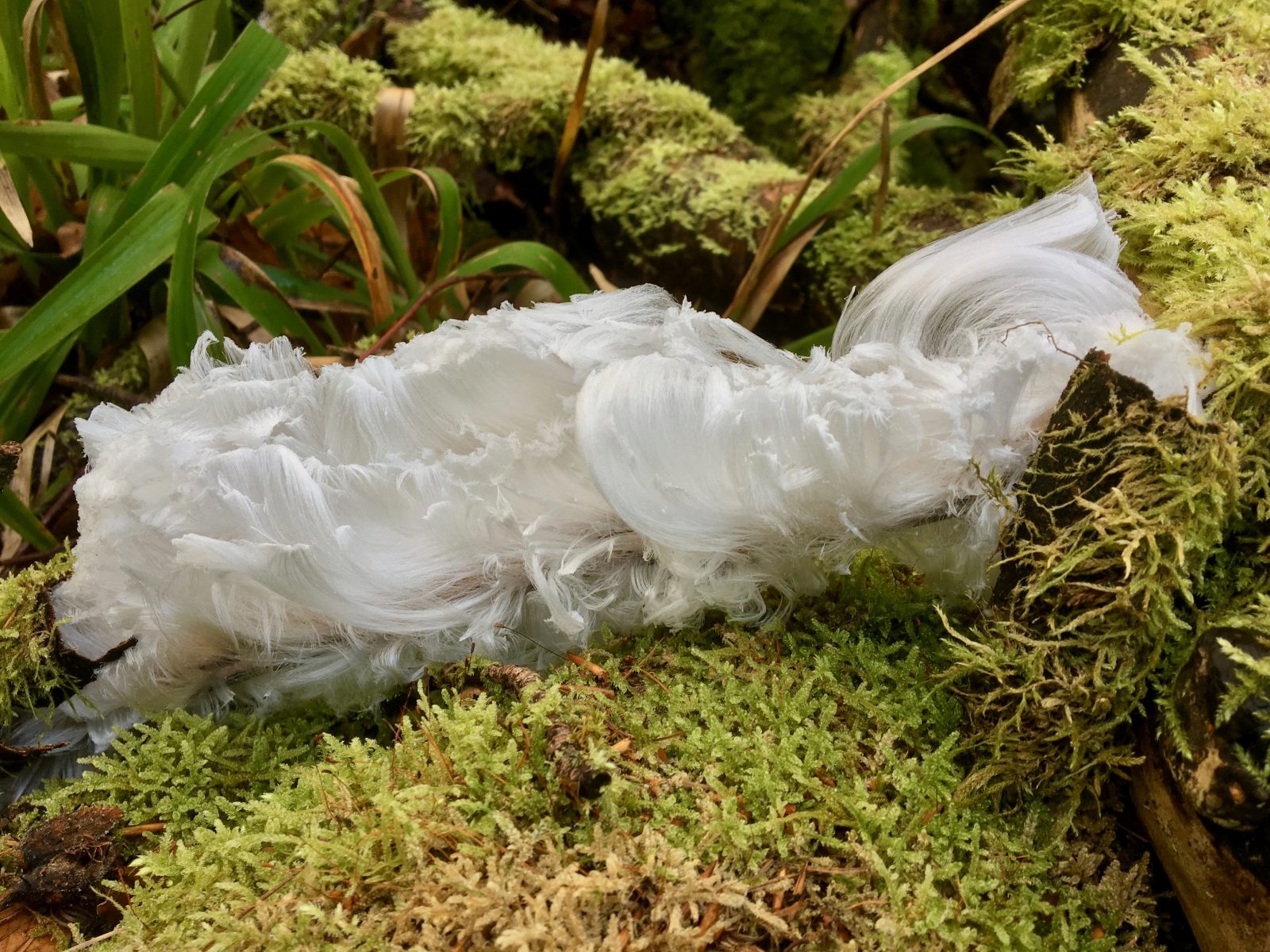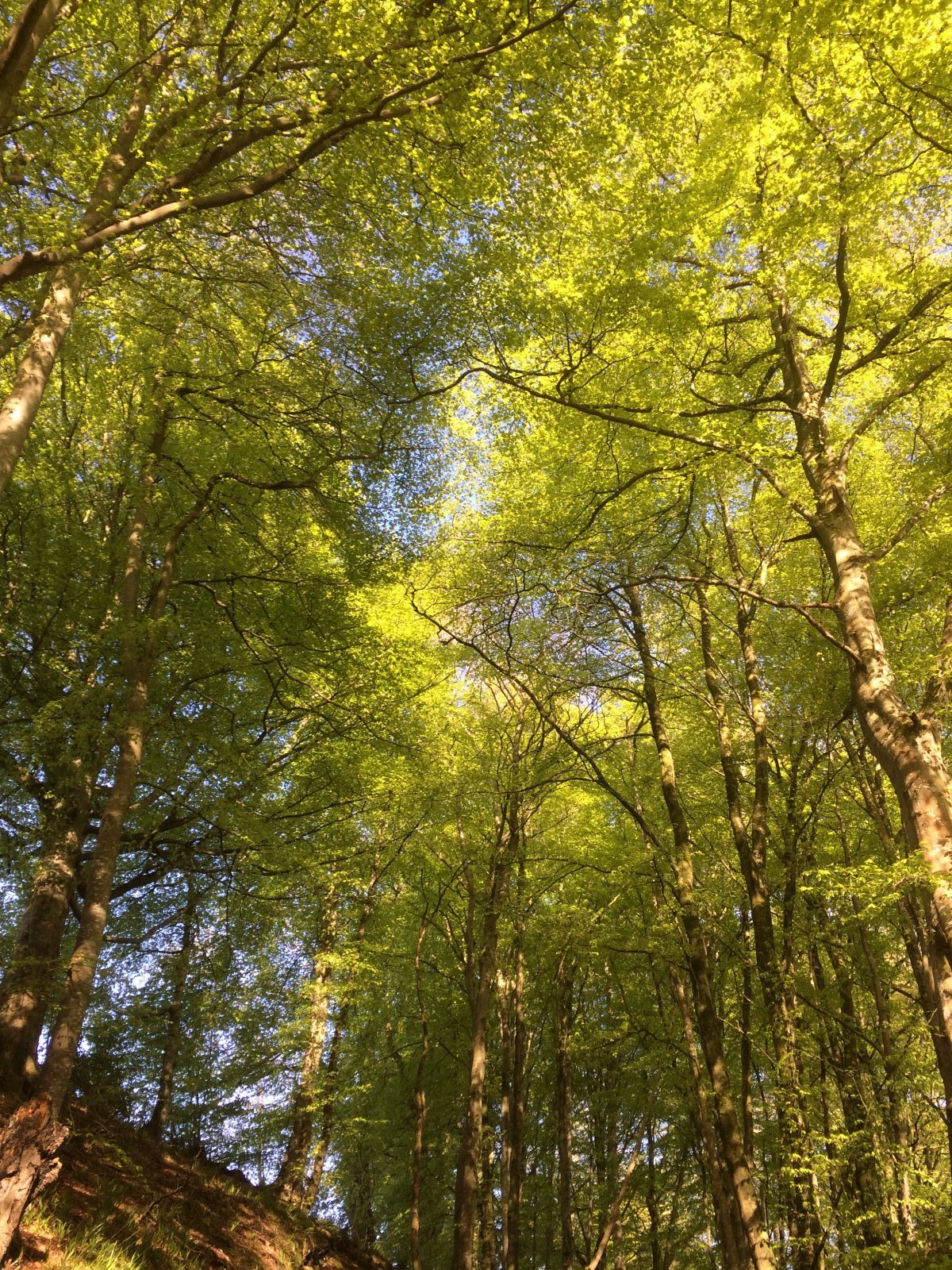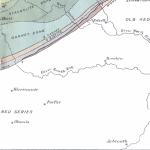A woodland is not simply a group of trees. It is a complex community of many different plants and animals, all with their own special needs – sunlight, food, water and soil. Good woodland management must try to maintain the natural balance between plants and animals.
The differing character of the woodland can both be seen and sensed when walking through the Den. On the western bank the wood feels more natural. It is an untidy place with a mix of trees and shrubs of all ages and types. A tree canopy of mainly native species allows light enough to encourage a variety of understorey plants and dependent wildlife.
In the past it was popular to plant attractive species from other continents. Where these are able to compete and dominate in a woodland, the natural mix is disturbed. On the eastern bank the paths lead you through such areas, dominated by mature beech which is not native to Scotland. Here deep shade and leaf litter prevent any other plant growth and it is a poorer place for wildlife, especially insects.
By selective felling of mature trees, clearings can be made to encourage the growth of seedlings of native trees which need more light. In this way a return to a more varied and interesting woodland area can be achieved and the future of the woodland ensured.
A long time ago, the Den O’ Alyth was part of the ancient Forest of Alyth, designated a royal hunting reserve in the 12th century.
In August 1326, King Robert I, known as Robert the Bruce reputedly hunted stag in this forest prior to the signing of charters relating to the Abbeys of Arbroath and Scone.
Sources: Perth & Kinross Council
